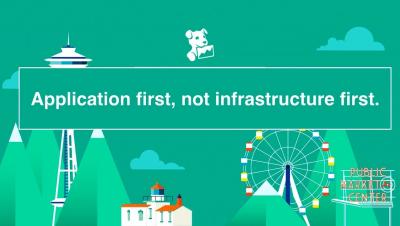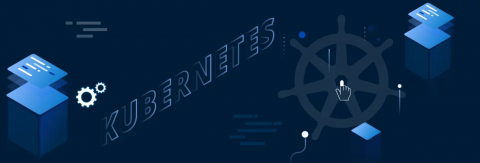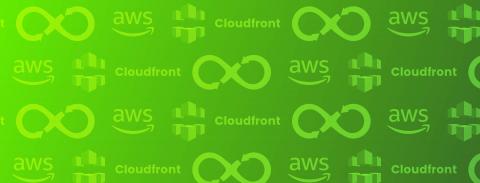Operations | Monitoring | ITSM | DevOps | Cloud
Cloud
The latest News and Information on Cloud monitoring, security and related technologies.
Close the Visibility Gap for Modern Cloud Native Services with OpsRamp's Kubernetes Monitoring
With the adoption of agile microservices, enterprise IT teams have rapidly transitioned from managing pets (physical and virtual servers) to cattle (public cloud services) to now chickens (containerized infrastructure). Container platforms like Docker and container orchestration engines like Kubernetes are helping IT operators drive greater agility, portability, and flexibility for scaling, managing, and optimizing microservices architectures.
Logz.io and Microsoft Azure: A Proud Partnership in Open Source
Today, I’m excited to announce a partnership between Logz.io and Microsoft Azure. With this partnership, Logz.io is now offering Azure customers a fully managed, scalable machine data analytics platform built on ELK and Grafana. What does that mean? Azure customers can now easily deploy, run, and scale ELK without the hassle and pain of maintaining and managing the stack themselves.
Zenoss Cloud: Full-Stack Monitoring + AIOps
You Are Wrong About Serverless Vendor Lock-in
Some time ago, the Register published an article titled “Lambda and serverless is one of the worst forms of proprietary lock-in we’ve ever seen in the history of humanity”. It received a lot of attention, and vendor lock-in has become a perennially popular question at conferences. But I’m here to tell you that you are probably thinking about vendor lock-in all wrong when it comes to serverless.
Cloud Comparison: Oracle, IBM, Alibaba
Each year we eagerly await the publication of the RightScale (now Flexera) State of the Cloud report to see which technologies and players are trending in the cloud ecosystem. In this year’s report (2019) one of the interesting takeaways is that in 2018 public cloud spending grew three times faster than private cloud and companies intend to spend almost 25% more on public cloud in 2019 than they did in 2018.
Negative TTL in AWS Cloudfront
I’m on the og-aws Slack group, one of the more active groups of AWS developers and cloud practitioners. A member of the channel, Samuell, asked a question about S3, Cloudfront, and new files, and I saw the perfect opportunity to help out, so I offered.
The AppD Approach: Principles of Cloud Metrics
As more enterprises host their applications in the cloud, it becomes increasingly important for application performance monitoring (APM) solutions to ingest performance data pipelines from cloud providers.
Enterprise use cases for AWS Lambda
Last year we covered the top enterprise serverless use cases for AWS Lambda. To refresh our memory, according to the CNCF (Cloud Native Computing Foundation), most commonly AWS Lambda is used for REST APIs, multimedia/image processing, CRON jobs, and stream processing. Today I’d like to cover some more complex ways some of our enterprise customers use Lambdas.
An Extrovert's Guide to Camaraderie in Tech
If you work in tech, you’ve probably heard that “team culture” is the most important thing for a successful organization. Camaraderie, trust, passion… a good team should have all that. And it’s hard to deny that loving the team you work with will make you more successful, but how do we build that? There’s no AWS product called TeamFront and it’s not sold on Amazon. How can we take camaraderie from elusive to undeniable?











